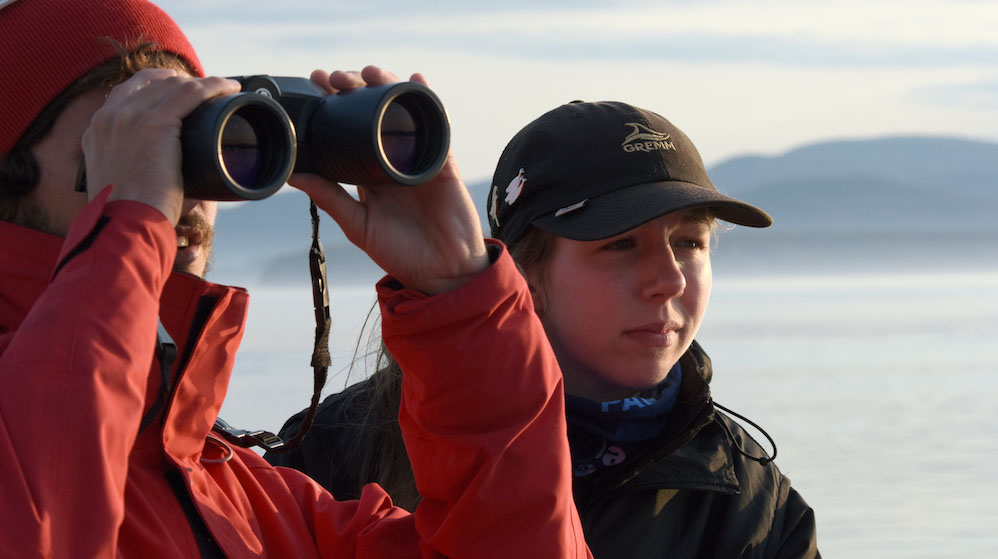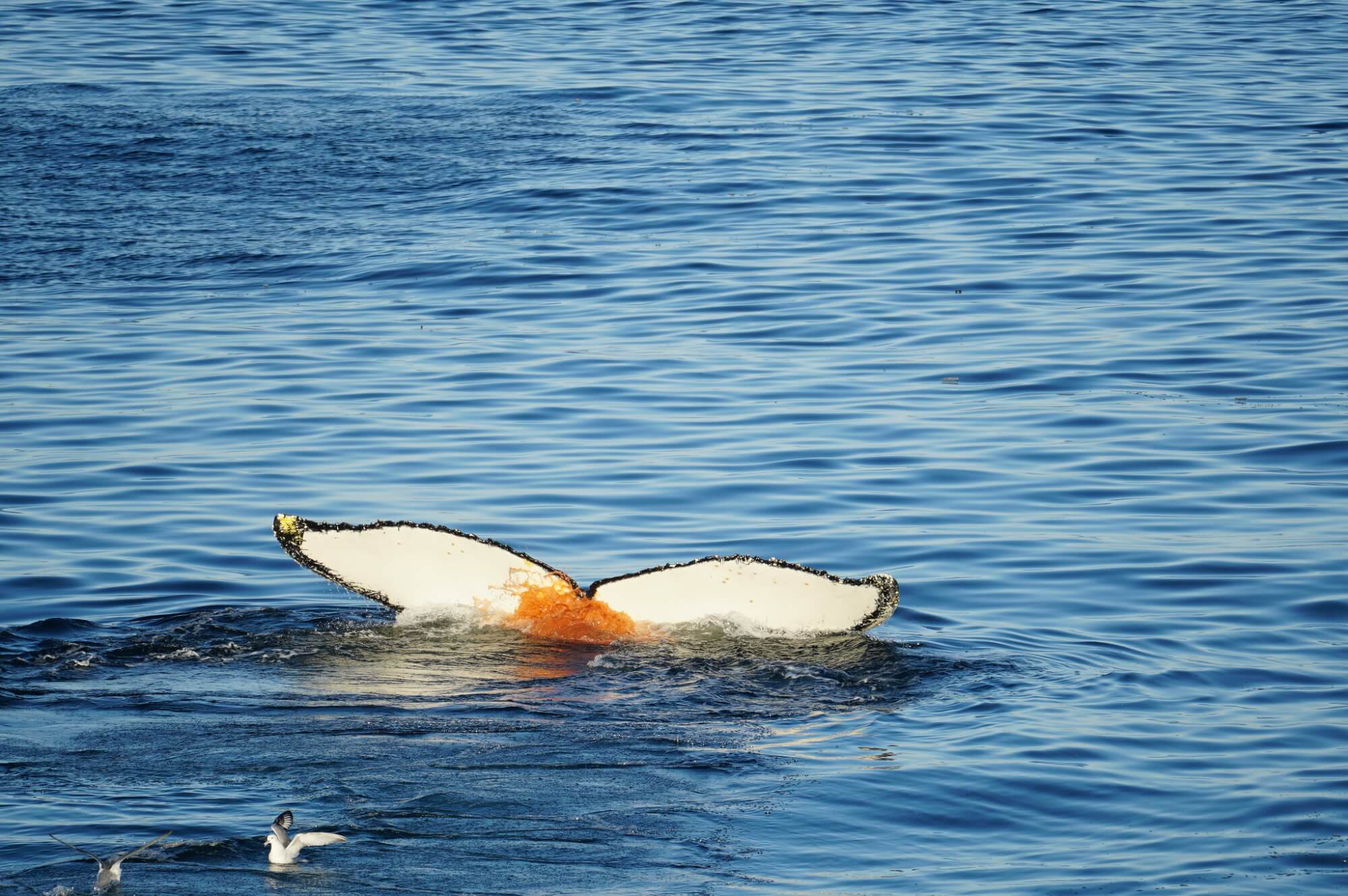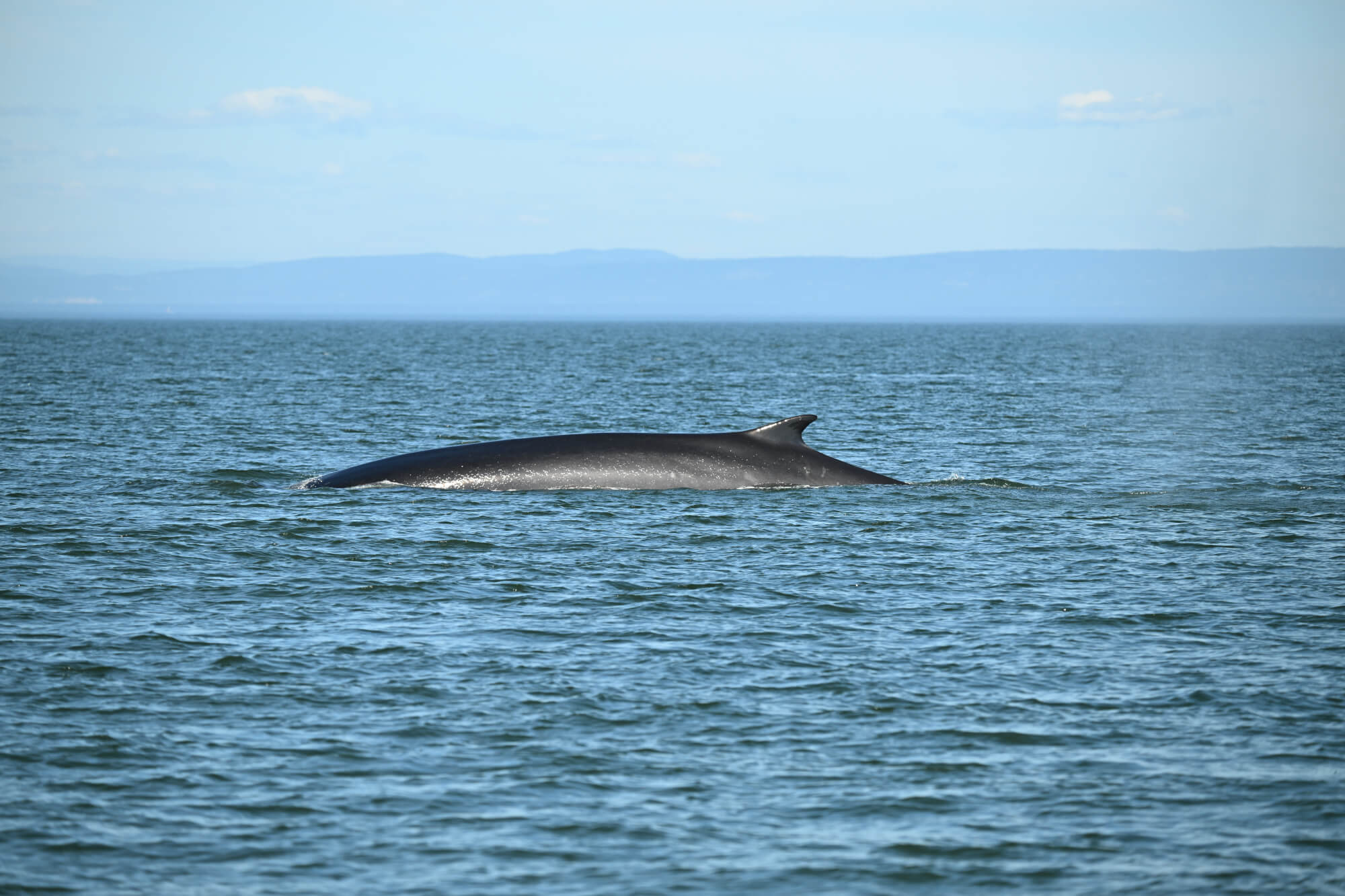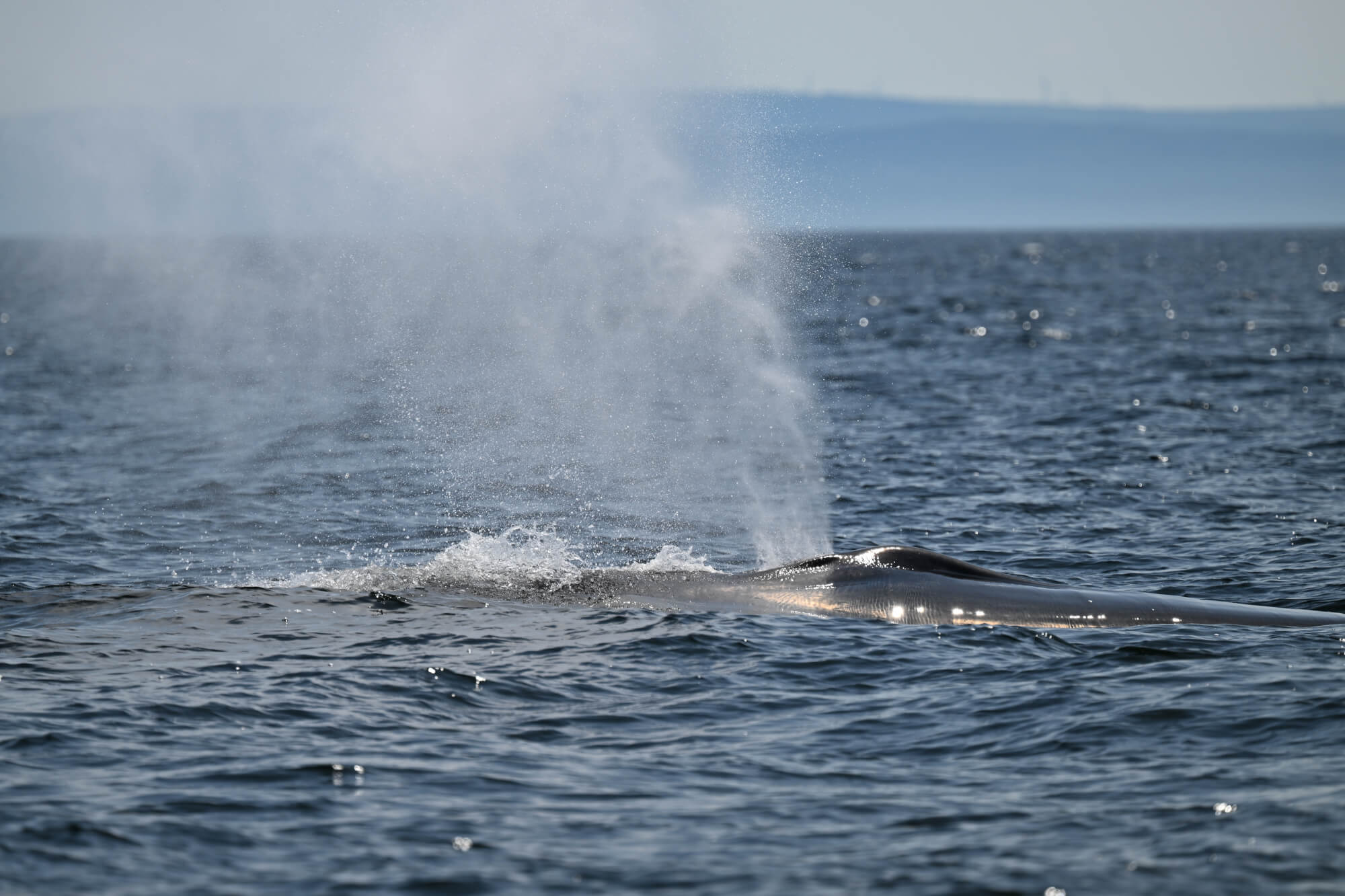The harbour porpoise feeds day and night, aiming to capture up to 550 small fish per hour, with a success rate of over 90%, according to a study published on June 6, 2016 in the journal Current Biology. The porpoise targets fish that are smaller than those of commercial interest. To meet its metabolic needs with such small prey, it must feed almost continuously.

The harbour porpoise is the smallest cetacean in the cold temperate waters of the Northern Hemisphere. Compared to other toothed whales, it matures faster, reproduces more frequently and has a shorter life span. Its small size and the cold water that it inhabits cause relatively high heat losses and limit the amount of energy that it can store compared to its metabolism, making it vulnerable to starvation. Like other toothed whales, porpoises use echolocation to find, track and intercept their prey. When approaching prey, the porpoise emits repeated, distinctive clicks.
For many species of wildlife, especially aquatic species, there is still a paucity of small-scale information available to researchers on their predatory behaviour. In recent decades, the development of techniques for recording and transmitting biological and physical data has facilitated the study of hunting behaviours in many predators, but it is seldom possible to obtain information on prey behaviour in parallel. In this study, researchers were able to obtain information on the interactions between porpoises and their prey using echolocation signals produced by the porpoises themselves when they are pursuing their prey. Using suction cups, researchers tagged five porpoises using digital, high-resolution sound and movement recorders called DTAGs (Digital Acoustic Recording Tag). The low ambient noise in the frequency band used by porpoises, as well as the distinctive and repeated clicks – over 500 per second – made by the porpoise as it approaches its prey, enabled the detailed visualization of each porpoise-prey encounter.

The results of this study demonstrate that porpoises feed almost constantly, hunting small prey (3-10 cm) with a remarkably high success rate. Compared to large toothed whales that were the focus of similar studies, the number of prey caught by porpoises is exceptional: on a daily basis, the number of captured prey is an order of magnitude higher than those reported for sperm whales, beaked whales and pilot whales. The porpoise’s high metabolism (a result of its diminutive size and cold water habitat) and the small size of its prey mean that the porpoise has to hunt and capture thousands of fish a day. The porpoise’s need to eat almost continuously translates into a low resilience to disturbance, according to the authors of this study. Even moderate levels of disturbance by human activities in harbour porpoise habitat can have serious consequences on the health status of individuals and the population as a whole.
Source:
Ultra-High Foraging Rates of Harbor Porpoises Make Them Vulnerable to Anthropogenic Disturbance
To learn more:
On Whales Online:
Harbour porpoise





